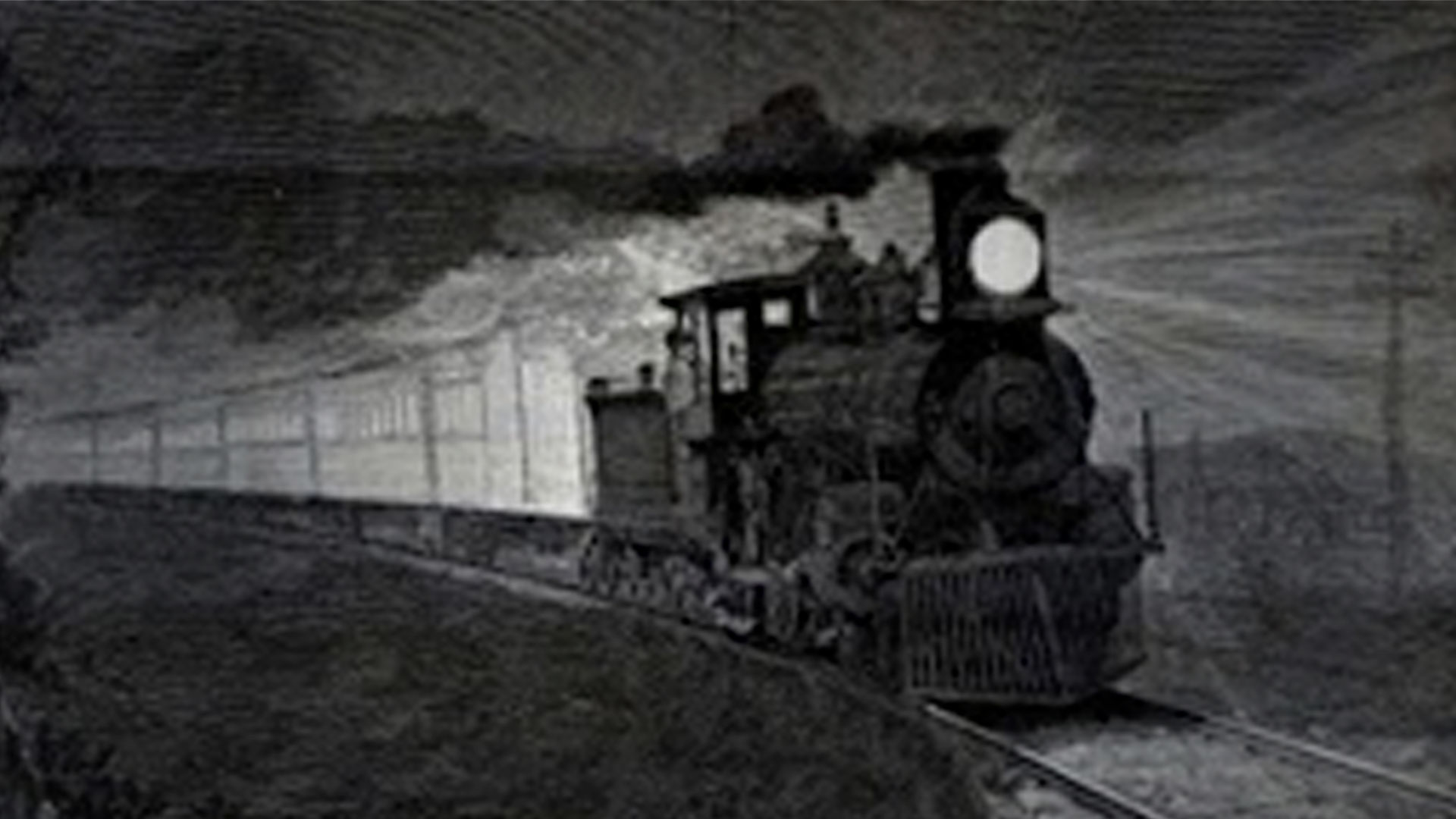BUILT: 1859
OPERATION TIME: 1859 to present
STATUS: Open
History
Railroad Bill
The story of “Railroad Bill,” a “tall, broad-shouldered black man with a smile” whose true identity remains unknown, emerged from slave cultures in the reconstruction era. He was a Robin Hood-type figure – a bandit who stole groceries and money from food trains and sold what he stole to poor southern families for a price significantly lower than they could buy them in a general store. The Louisville to Nashville Railroad was Railroad Bill’s means of transportation from place to place. For exactly one year and a day, he evaded law enforcement.
An armed vagrant believed to be Railroad Bill was seen by railroad workers on March 6, 1895. The man fired shots at them as they attempted to apprehend him. He escaped by jumping onto a passing boxcar headed south. The man was later identified as Morris Sater, a convicted police officer murderer who had escaped from a turpentine camp in Bluff Springs, Florida. Bounty hunters from Texas to Indiana began searching for Slater, eager to collect the $500 reward. On July 4, Sheriff E.S. McMillan of Brewton County and his posse tracked Railroad Bill Slater down to a house near Bluff Springs. During the confrontation, Railroad Bill shot at the deputy sheriff, who later died from his wounds. The firefight initiated a larger manhunt with over a hundred southern men, comprised vigilantes, organized posses, and deputized groups.
On April 6, 1895, the manhunt organized in Bay Minette, Alabama to continue pursuing Railroad Bill. When they confronted the suspect, he fled on foot. They eventually tracked him down to a farmhouse in Baldwin County. Once again, Bill fired at them, mortally wounding Sheriff James Stewart. Railroad Bill disappeared into the surrounding forest. Over the summer of 1895, Brewton, Alabama’s Pine Belt News published “The Wrong Man Shot,” further heightening Railroad Bill’s notoriousness. Riled up groups formed in Alabama, Misssissippi, Georgia, and Florida with plans to reap the hefty dead-or-alive bounty placed on the fugitive’s head. Even still, he managed to evade capturing him. Urban legends about Railroad Bill sparked among black communities. There were rumors that he possessed mystical powers that allowed him to shapeshift into a dog and escape authorities, as well as the ability to throw off trackers by blocking bloodhounds from tracing his scent, leaving them confused and disoriented.
By September, the bounty on Bill’s head rose to $1,250. The eagerness to collect the huge reward resulted in many southern black men being falsely identified as Railroad Bill or targeted as potential suspects or accomplices. On March 7, 1896, the seemingly endless chase concluded when a group of men positively identified Railroad Bill at Wards General Store in Atmore, Alabama and killed him. People from Brewton came to view the body. Railroad Bill was identified as a local man named Bill McCoy, though it remains unknown if the killed man was truly the legendary bandit. His death satisfied the authorities and the hunt ended. Railroad Bill’s body was put on public display for 25¢ a ticket, shipped from Brewton to Montgomery to Pensacola, Florida. He was eventually buried in an unmarked grave at an undisclosed location. The bandit’s legacy lived on as a prominent part of African American music and cultural arts, immortalized through songs and plays.
Haunting
The ghost of Railroad Bill haunts the Louisville and Nashville railroad tracks and the surrounding pine woods. His spirit has also taken the form of a huge black dog, following the urban legend about him in life.
Sources
- Haunted Haven. “The Legend of Railroad Bill – Alabama’s Robin Hood,” www.HauntedHaven.blogspot.com
- Wikipedia. “Louisville and Nashville Railroad,” www.Wikipedia.org
More
- Have a personal experience here? Tell us about it!
- Have more information about this haunt? Send it to us here!
- Have an image you want to submit? Upload it here!

